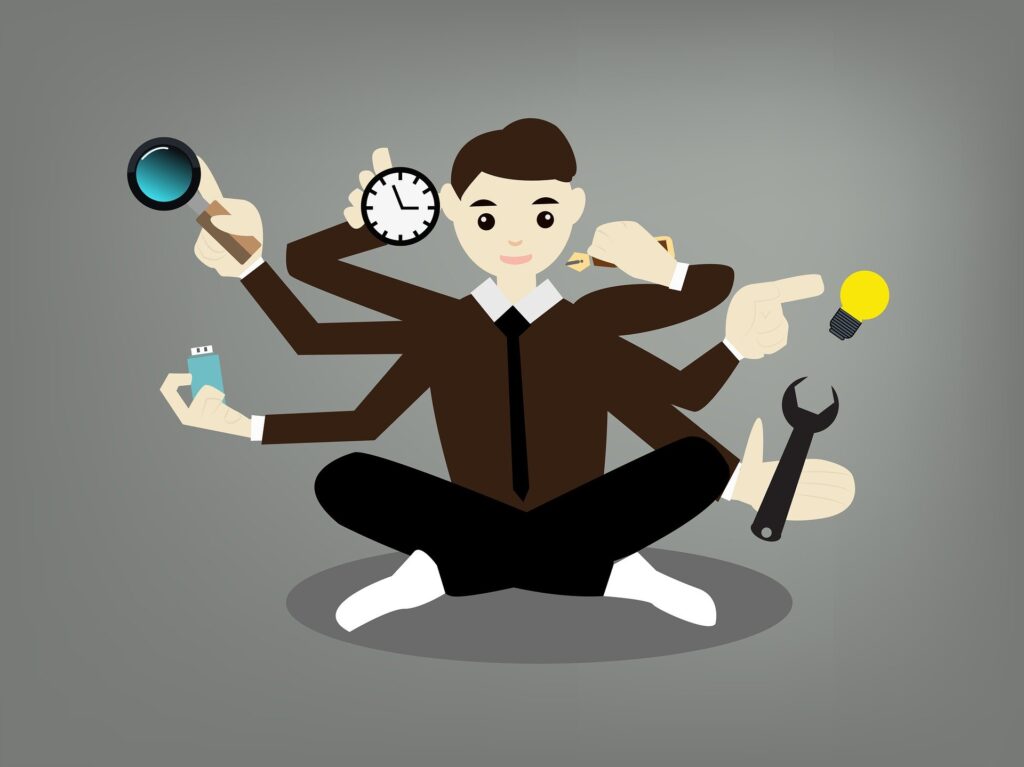By David Bailey, PPS Editor
We’ve all felt it. The nagging thought in the back of your mind, that sick feeling of a long-term assignment with a looming deadline. But so many regular, day-to-day work tasks can pop up and throw you off track. Here are some helpful tips to keep you and your busy schedule on track.

What’s Hot? What’s Not? Prioritizing Work
A good way to manage multiproject workloads is to have a list of projects and their due dates. These due dates should not only include when the finalized project is due, but should also include milestone goals (“half the project complete” or “project sent for initial review”). Having these dates in chronological order can help prioritize that day’s work.
However, that may put you in what Heidi Gardner, in her article “How to Stay Focused If You’re Assigned to Multiple Projects at Once,” calls “firefighting mode,” where you are just reacting to that day’s work and not thinking big picture. The goal is not to just finish what has to get done that day but also work on what has to get done a month from now. So, block out time every day for not just the near goals, but the far-off ones as well. Any work you do now on these projects is less work later.
After any milestone goal is reached, celebrate! Maybe not a full-fledged party, but how ‘bout that minimuffin or maybe a quick walk around the office (or your house).
Focus
When faced with several projects, the tendency may be to do a little of everything, with emails, spreadsheets, notes from several projects on your real and virtual desktop. That way lies madness! After prioritizing tasks, only work on one project at a time. Focus your energy and mind on just that project. And don’t hop from project to project in 15-minute increments. Spend some time on each project, letting the goals and skillsets needed for that project sink in. Heidi Gardner’s writes, “For many people, getting pulled across several different projects is stressful and less productive than theory would suggest. Switching attention between tasks takes time and saps your focus and energy.”
A good goal is to spend at least an hour on a project before moving to something else. If you have time to do more, even better, but an hour should give you enough time to get “into” the project and produce results. Some project-related assignments may not take an hour. If so, great! Move on to the next project. Or you could work on several small functions for that project to fill an hour.
Between assignments, spend some time answering important emails, making phone calls, or getting that next cup of coffee. This helps “reset” your brain before starting the next project.
Do the Hard Stuff Early
When setting aside time, try to schedule more difficult work earlier in the day. Most people (not just early birds) do their best work in the morning and concentrate better. After several hours of work, brain fatigue may set in, so try to schedule less difficult work later in the day. Think of it as a “treat” to work on the less complicated projects in the afternoon instead of slogging through complex work.